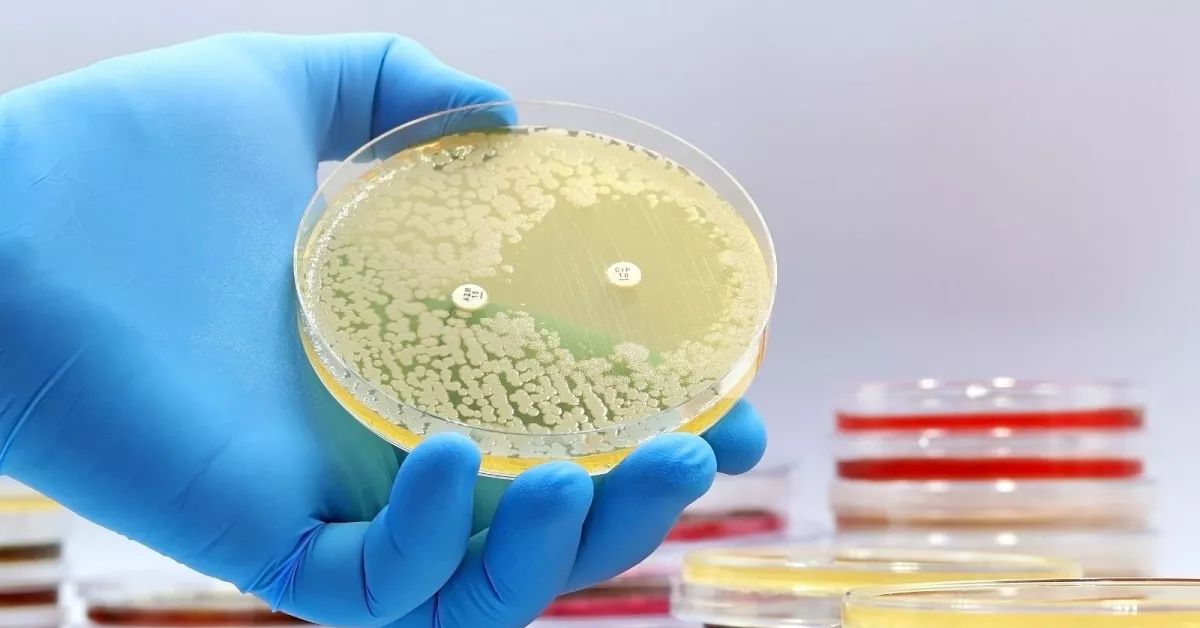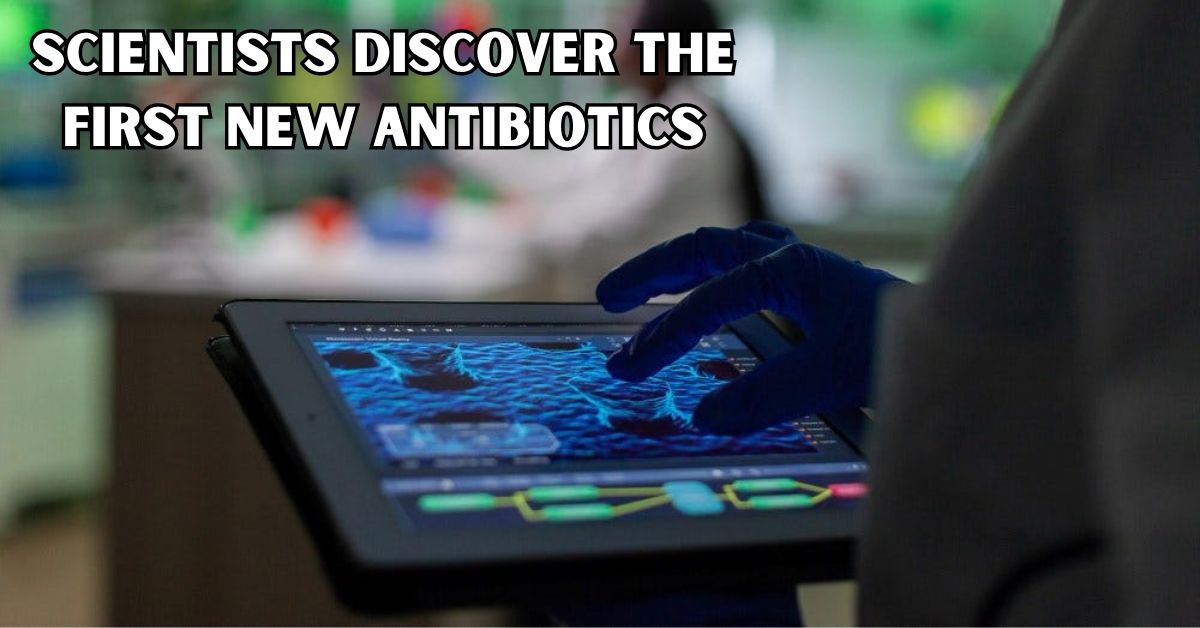Artificial intelligence (AI) is revolutionizing the medical field, with researchers using the technology to discover new antibiotics for the first time in 60 years.
A potential game-changer in the battle against antibiotic resistance could be a novel chemical that eliminates a drug-resistant bacterium that claims the lives of thousands of people year throughout the globe.
The study’s co-author and MIT professor of medical engineering and science James Collins made a statement saying, “The insight here was that we could see what was being learned by the models to make their predictions that certain molecules would make for good antibiotics.”
“Our work provides a framework that is time-efficient, resource-efficient, and mechanistically insightful, from a chemical-structure standpoint, in ways that we haven’t had to date” .
The findings were shared by a group of twenty-one researchers and were published in Nature.
Study Aimed to ‘Open the Black Box’
To foretell the novel compound’s activity and toxicity, the project team employed a deep-learning algorithm. Using artificial neural networks for feature representation and autonomous learning in the absence of explicit programming is the essence of deep learning.
Its use in drug discovery is on the rise as a means to optimize the development process, find new drug candidates faster, and anticipate their qualities. Here, the specialists zeroed in on MRSA, or methicillin-resistant Staphylococcus aureus.

The severity of MRSA infections can vary from relatively minor skin infections to pneumonia and bloodstream infections, both of which can be extremely dangerous and even fatal.
The European Centre for Disease Prevention and Control reports that almost 35,000 individuals die each year in the European Union as a result of infections that are resistant to antimicrobials, and that nearly 150,000 cases of methicillin-resistant Staphylococcus aureus are reported each year.
A group of academics from MIT trained a deep learning model with far more data. The training data set was constructed by testing the antibiotic efficacy of over 39,000 different compounds against MRSA. The model was then fed the new information along with the chemical structures of the molecules.
The goal of this research was to reveal what was within the mysterious container. Felix Wong, a postdoc at MIT and Harvard and one of the lead authors of the study, stated that no one really knows what’s going on below the hood of these models, which consist of extremely vast amounts of calculations that simulate neuronal connections.
Discovering a New Compound
The researchers used three more deep-learning algorithms to hone down on possible medications. The purpose of training these models was to determine which chemicals were hazardous to three different kinds of human cells.
The researchers were able to identify compounds with potent antibacterial activity and low toxicity to humans by combining these toxicity predictions with the known antimicrobial activity. About twelve million chemicals that are available for purchase were tested using these models.
The five classes of compounds that showed expected activity against MRSA were discovered by the models. These classes were based on particular chemical substructures inside the molecules.
Researchers then obtained approximately 280 of these chemicals and tested them in a controlled environment against MRSA. By taking this route, they were able to locate two potential antibiotic candidates belonging to the same class.
Both the skin infection model and the systemic infection model of methicillin-resistant Staphylococcus aureus (MRSA) in mice showed a tenfold reduction in MRSA populations after treatment with these chemicals.
If you liked this piece about technology, you might also like these:



